This post is wonderful for all ages, but is exceptionally interesting for elementary ages. Gather your young folks or those who are young in spirit and read along:
As protectors of our land, there are many things we can do to keep our place healthy. Nothing is quite as fun as pulling out an 8-foot tall weed, planting a new seedling and watching it grow, or releasing a whole bucket-full of fish back to their stream. Still, we can’t take credit for all the hard work. There are many things that nature likes to do all by itself. Magic is everywhere in nature if you know where to look for it.
Have you ever seen a teenie brown seed sprout and later blossom into a brightly colored flower? Have you ever caught a uniquely designed snowflake on your tongue? Or have you ever seen the evening sky painted in pink and orange to highlight the mountains below?
Nature has a way of surprising us and sharing beauty with us each year as seasons change, plants grow, animals migrate away and all come back again. Of all Nature’s magical tricks my favorite is still it’s incredible Disappearing Act. Don’t believe me? Let’s take a quick step back.
For millions of years all the creatures, plants, animals, and even the tallest of trees have been living and dying. Now, think, have you ever been on a trail hiking through piles of dead things? How tall were the piles of dead things? If things had been dying for millions of years wouldn’t the piles of death be much, much bigger? Luckily for us, Nature is not a typical magician and loves to share its secrets with those who ask.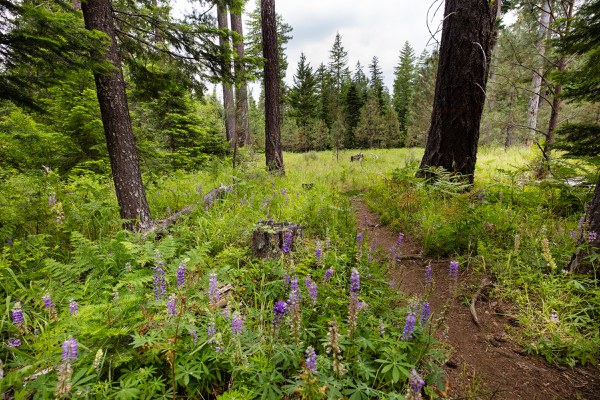
Think about the fall, the time when beautiful leaves are falling to the ground in oranges and yellows and reds. After a couple of weeks, these brilliantly colored leaves begin to turn brown. Over time they begin to break down into smaller pieces.
This is the first step of Nature’s trick, dead things are broken down into smaller and smaller pieces of dead things. Imagine taking a stick and breaking it, breaking it, breaking it until you absolutely could not break it anymore. Really, the stick is still a stick, but it is definitely a smaller piece of stick.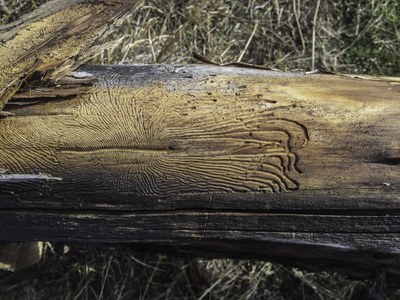
Every good magician has help. After breaking down the dead things into smaller pieces Nature completes the disappearing act with the help of fungus, bacteria, and invertebrates.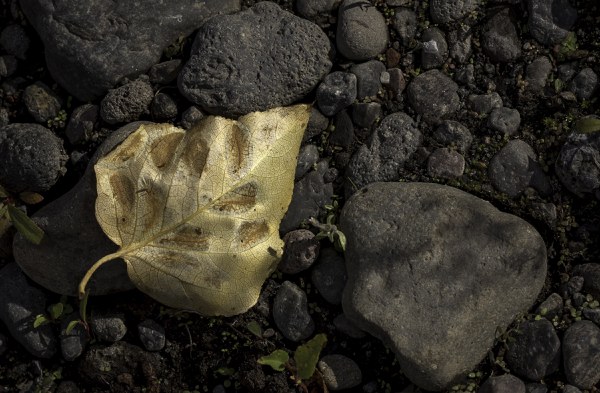
Maybe you spotted holes in a piece of wood, a change of color, a blotchy patch on a leaf, something squishy has appeared! These are all pieces of evidence that fungus, bacteria, and invertebrates have been doing their work. While Nature can turn a stick into small parts, invertebrates like termites and beetles can change a stick entirely! All three of these organisms are called decomposers and their job is to take the small pieces of dead things and make them into things that other parts of our world can use again.
Whether it is a fungus growing, invertebrates eating, or the breakdown through bacteria decomposers are able to thrive on dead things. When decomposers have used up what they need from a dead thing they leave behind what is left over: extra nutrients and minerals that can go into our soil, carbon dioxide that goes into our air, and water that we all need.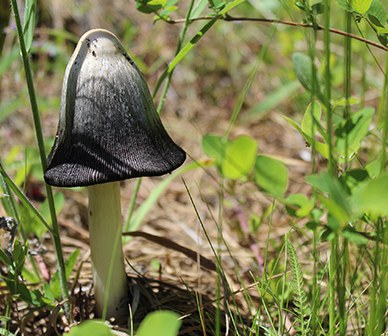
Imagine: a tree dies, it falls to the ground where over time it breaks up into small pieces. Soon small spots form on its leaves, mushrooms begin to grow on its sides, and beetles begin to eat away beneath its bark. Eventually, there is nothing left of the tree. Soon small tree seedlings begin to sprout in the nutrients and water left behind. As they grow, they take in carbon dioxide giving out oxygen (hooray for us, we need oxygen!) until they are big and tall. Then, the new trees will die, and Nature’s disappearing act continues. Call it magic, a cycle or a system. Our environment is set up to grow and be healthy.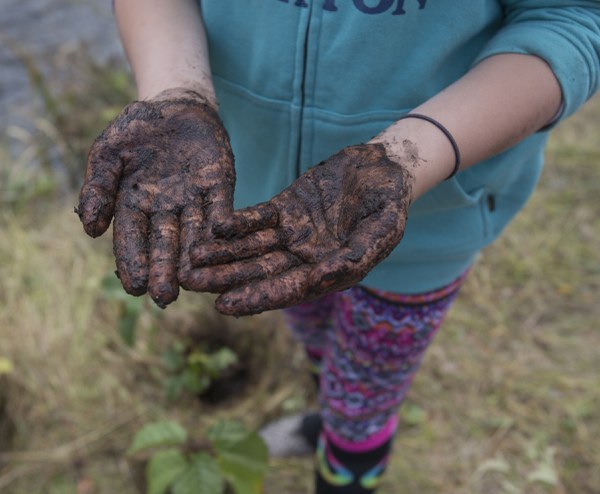
Parents:
Here’s a fun activity with your kids! The first stage of decomposition is easy to see.
- Have your young ones choose one natural item. I recommend a stick, leaf, or pinecone.
- Then, ask them to carefully collect ten of that item (take your time and collect only the pinecones you are really passionate about, this can be the most fun part of the activity).
- Next, on a flat surface, help your child lay all ten items on the ground next to one another. Being guided by your child try to sort the items from left to right in order of least to most dead looking (be sure to ask why each item is being placed where it is, and why your child thinks it looks dead!).
- After creating this decomposition museum you can take this activity a step further and look for evidence of fungus, bacteria or invertebrates!
Learn More:
- Join the Deschutes Land Trust on a family-friendly walk or hike!
- How to spark a sense of wonder in your family.
- Tips for an excellent butterfly expedition!


